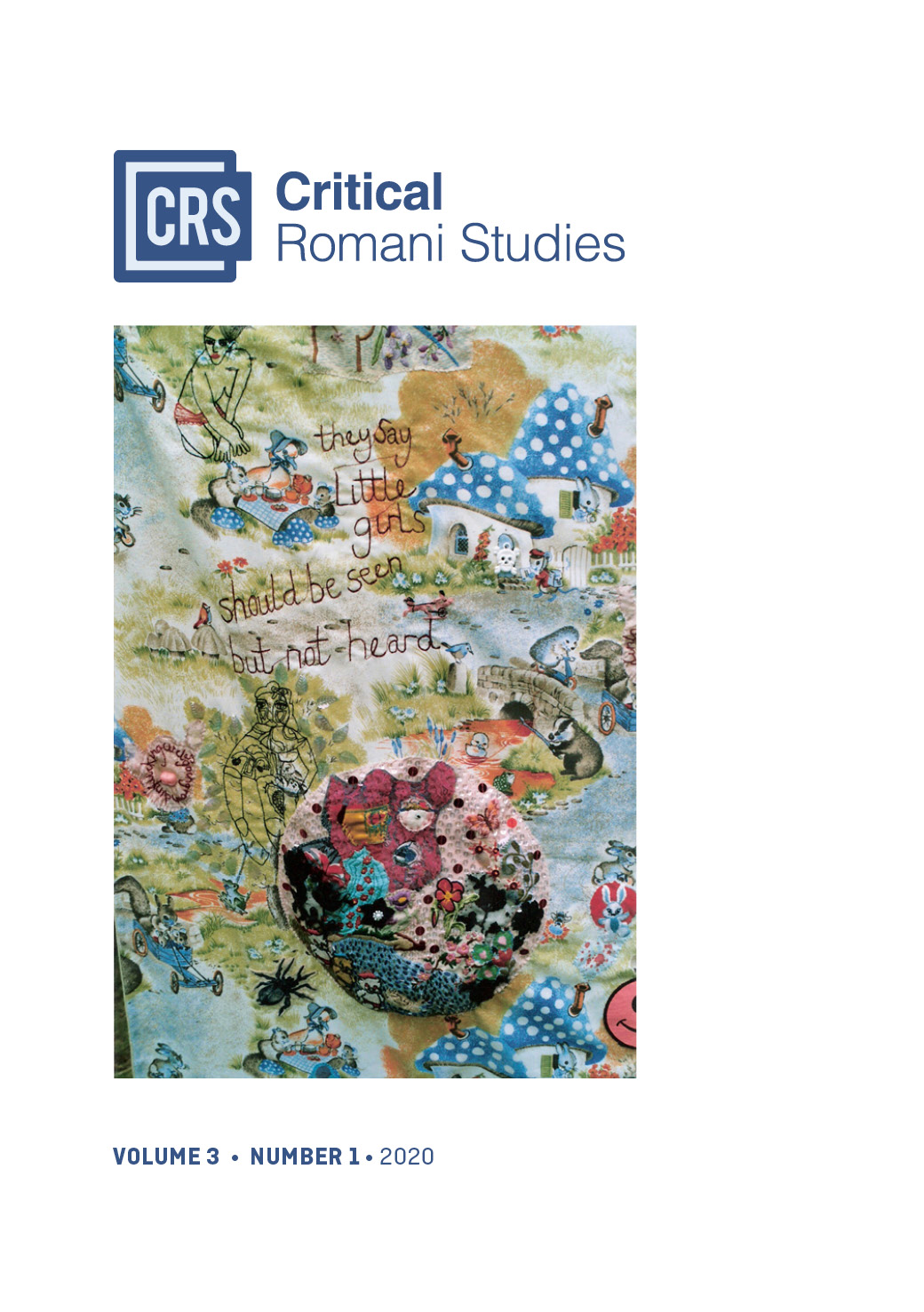Public Statues and Second-Class Citizens: The Spatial Politics of Romani Visibility in Interwar Budapest
Public Statues and Second-Class Citizens: The Spatial Politics of Romani Visibility in Interwar Budapest
Author(s): Árpád BakSubject(s): Social history, Interwar Period (1920 - 1939), Ethnic Minorities Studies
Published by: Romani Studies Program Central European University
Keywords: Cultural oppression; Memory sites; Public statues; Romani movement; Interwar period; Hungary;
Summary/Abstract: In what might be called an extreme form of tokenism, memory sites devoted to the figures of outstanding Romani musicians,including public statues, began to appear in public urban spaces in fin-de-siècle and interwar Hungary amid the growing oppression of Roma by authorities. This article investigates, by focusing on case studies from Budapest in the interwar period,how public representations of Roma in the cultural spaces of dominant society, though apparently inscribing diversity in the national narrative, were involved in the hegemonic practices of the time. The complexities of the interplay between inclusion in the symbolic realm and oppression in the social one are best illuminatedCultural oppression • Memory sites • Public statues • Romani movement • Interwar period • Hungary when looking at the social and political uses of these urban landmarks.
Journal: Critical Romani Studies
- Issue Year: 3/2020
- Issue No: 1
- Page Range: 102-138
- Page Count: 37
- Language: English

